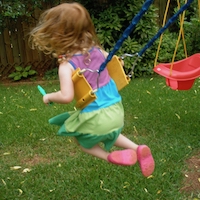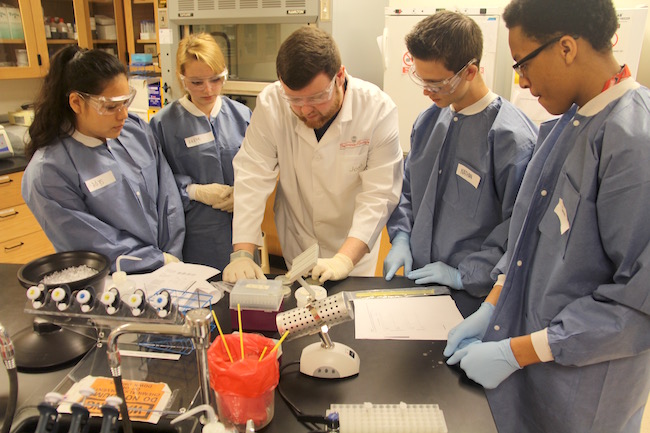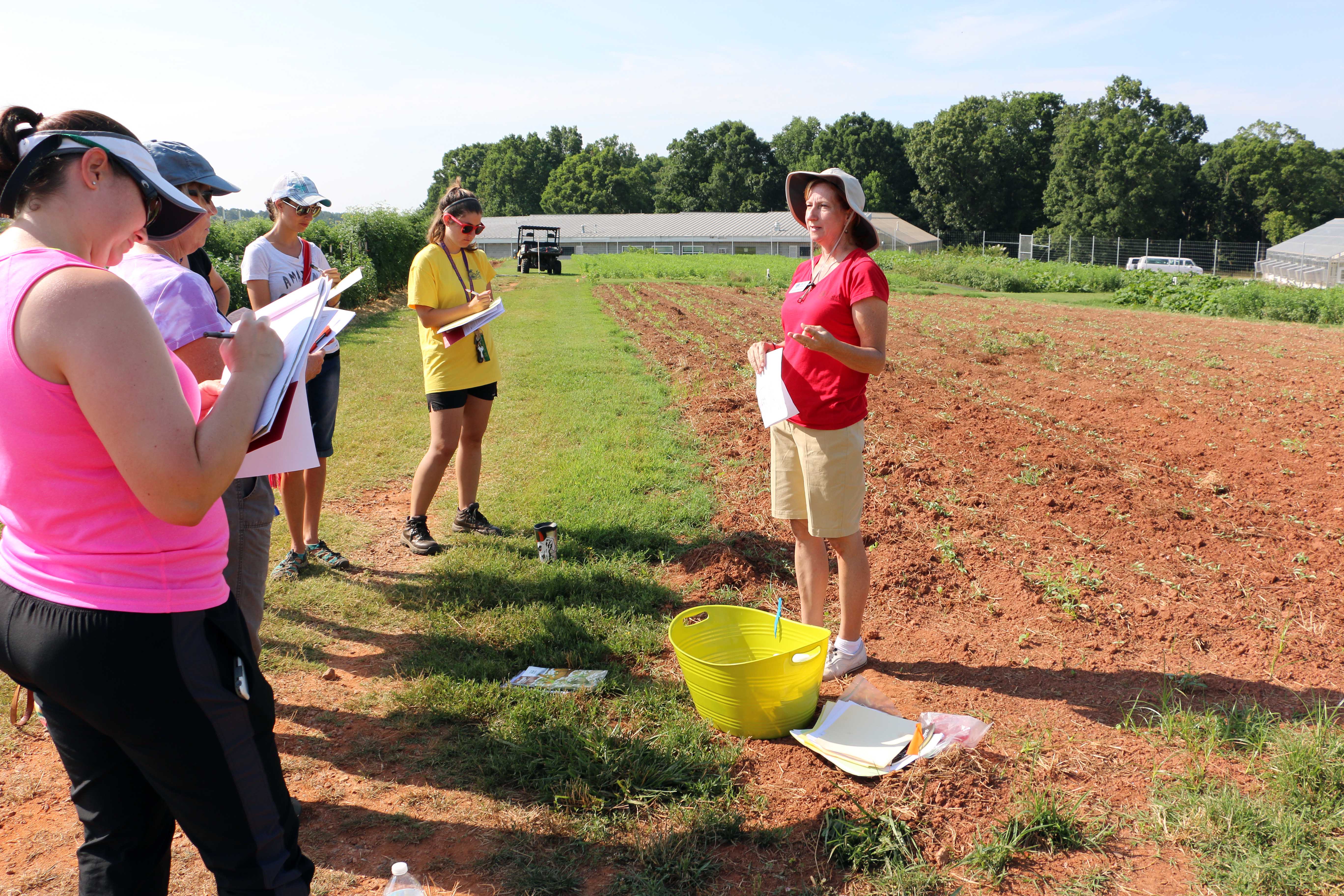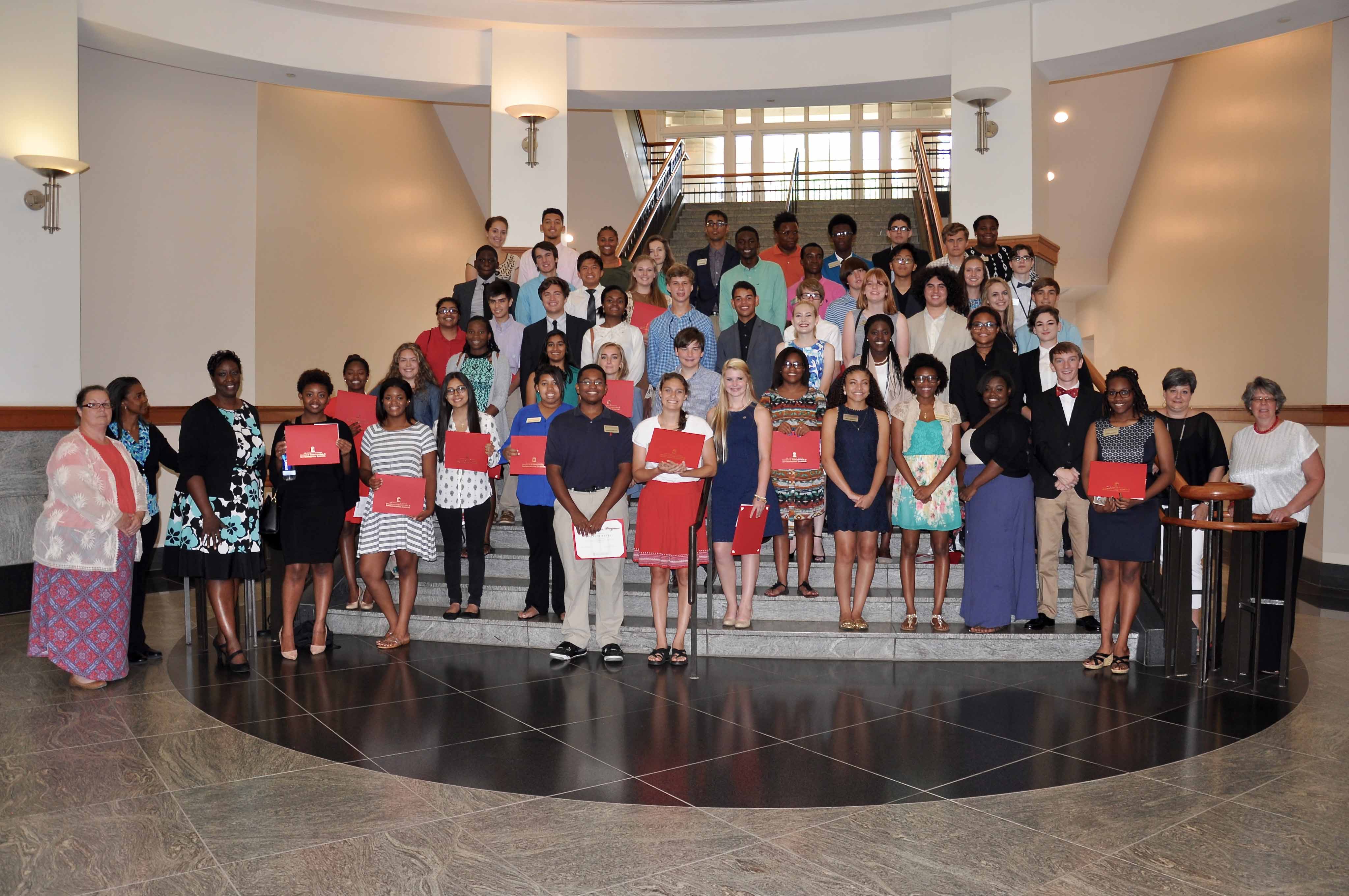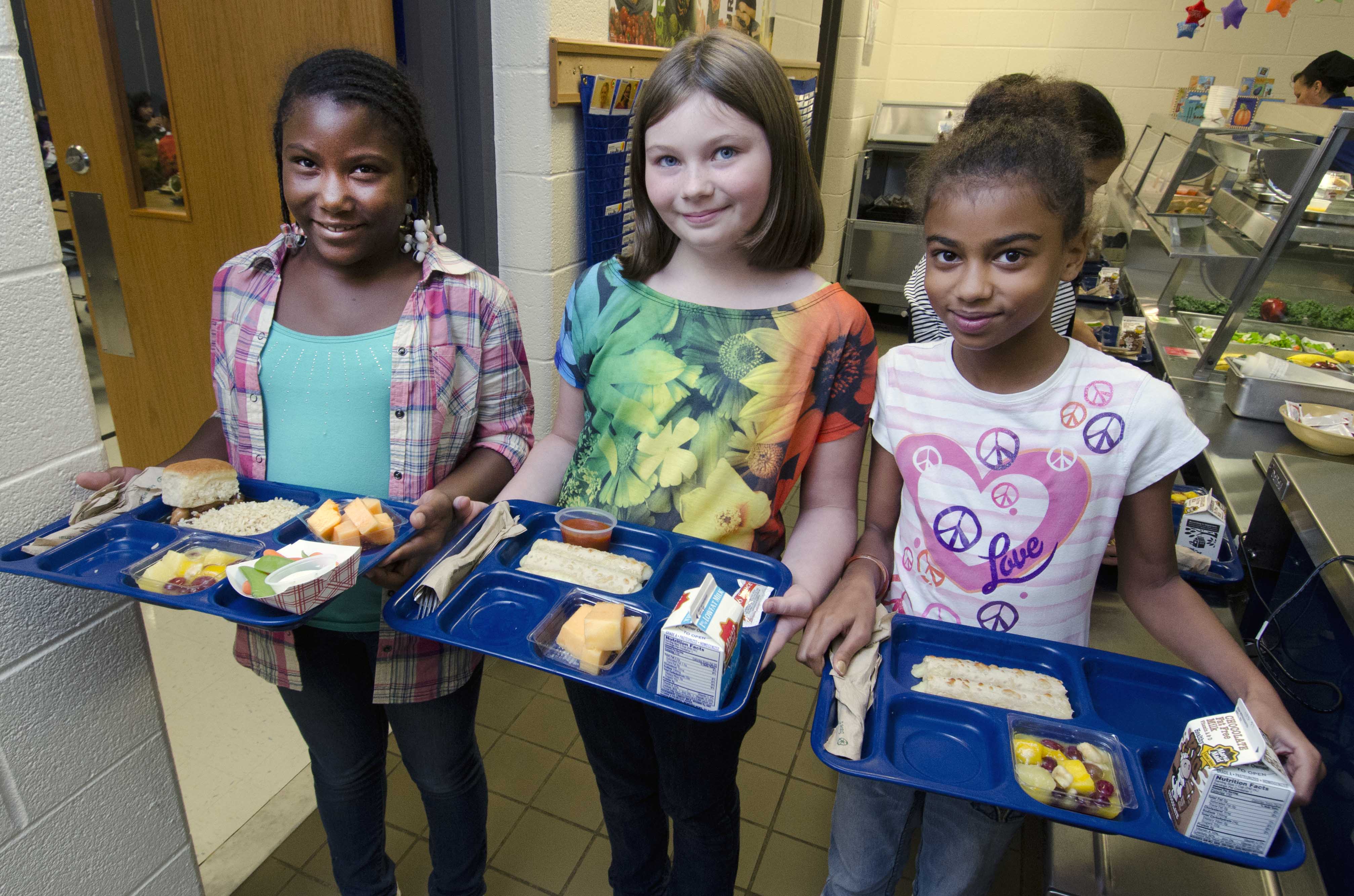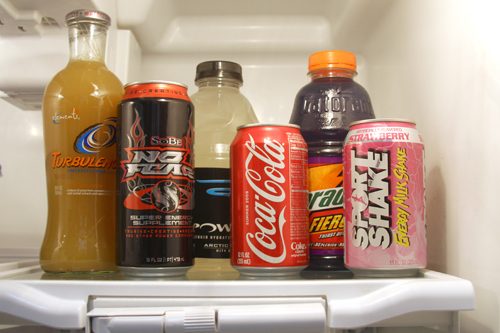Boo boos are inevitable, but properly maintained playgrounds and a watchful eye can protect children from careless injuries. A University of Georgia child development specialist says playtime is worth the risks.
“Elementary school children need physical activity,” said Diane Bales, a UGA Cooperative Extension human development specialist. “This helps them release energy and focus on school work.”
While important, playgrounds do present a risk of injury for students. Minimizing safety hazards can make a child’s playground experience more enjoyable. Bales said the key to safe playgrounds is proper equipment, good supervision and playground maintenance.
One size does not fit all
According to the National Program for Playground Safety, age appropriate equipment is one of the best ways to minimize playground injuries. As children grow, they need new challenges to keep them from being bored.
Toddlers are very active and need a lot of things to do, Bales said. They especially enjoy things they can climb on, such as steps. However, it is important that steps and slides are at an appropriate height.
Swings should be set so children can mount them without help. The biggest risks on playgrounds are falls. If equipment is the correct height, the potential for injury will be reduced, she said.
Bales cautions adults to watch elementary students for daredevil behavior.
“If a playground is too easy for them, they are likely to come up with new and different ways to use the equipment,” she said. “If they are 10 feet in the air on top of the outside of a covered slide, this may be a sign that they are bored.”
Active supervision
The best way to prevent accidents is to keep watch. Teachers supervising a large group of children should spread out and be where kids are playing, Bales said.
“In some cases it may even be appropriate to play with the kids,” she said. “By being involved with them, you are more likely to be there if something happens. And it sets a good example for children. When adults are physically active, kids are more likely to be as well.”
Children need some freedom to explore. Parents and teachers should offer guidance, but not facilitate bad decisions.
“If children are helped across the monkey bars or assisted in climbing higher than they could on their own, adults are setting them up for a dangerous situation,” Bales said. “If the children try to do it on their own when the parent is not supervising, they will end up in a situation they are not prepared for.”
It’s the little things that count
When it comes to playgrounds, equipment should be well maintained, and the surrounding area should be free of hazards like sharp objects or animal droppings. Adults should be wary of anything that is rusting, cracking or warping.
Most new equipment has been made to prevent children from being trapped in small spaces, however clothing is still an issue. Loose clothing, hoods and draw strings can get caught on equipment.
“A playground with just grass or dirt on the ground is not safe,” Bales said. “Certainly a playground on concrete is not safe.”
Appropriate surfacing materials include sand, mulch, pea gravel or rubber matting. Surfacing should be well maintained, especially mulch which breaks down and needs to be replaced. Soft surfacing should extend 6 feet around structures and even more around swings.
Teaching children about safety is important.
“Ask them what they think is safe and not safe,” Bales said. “Let them help set the rules and the consequences.”


